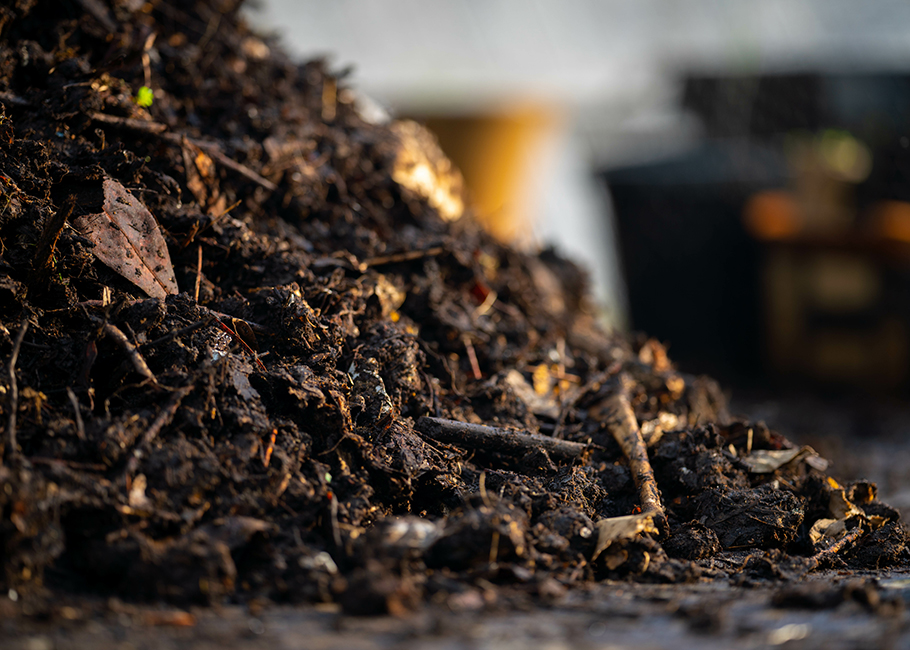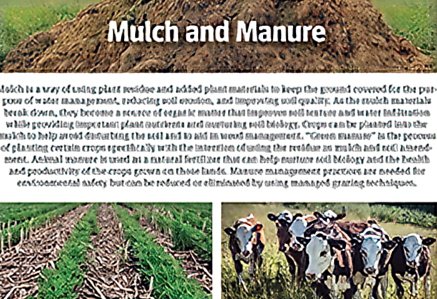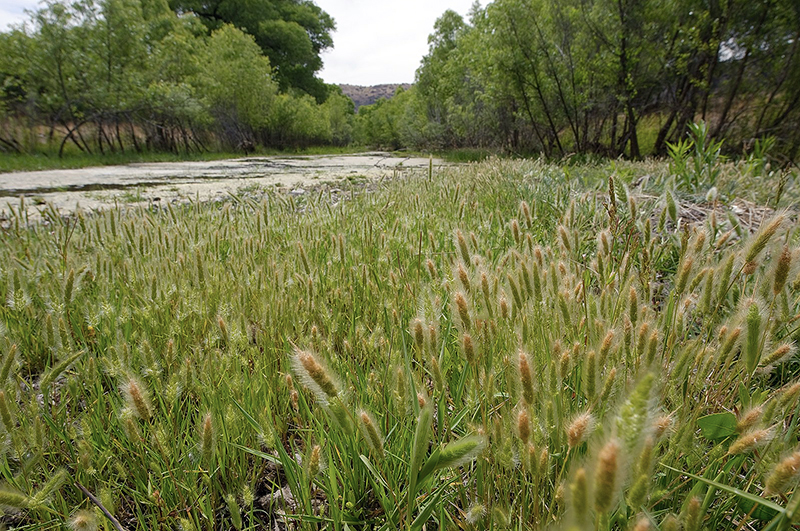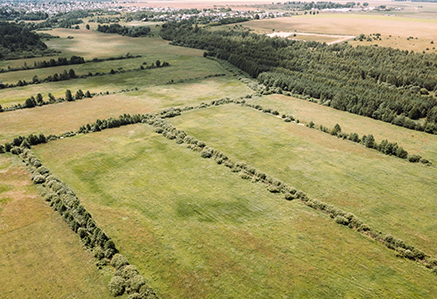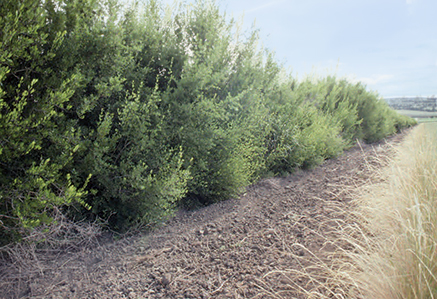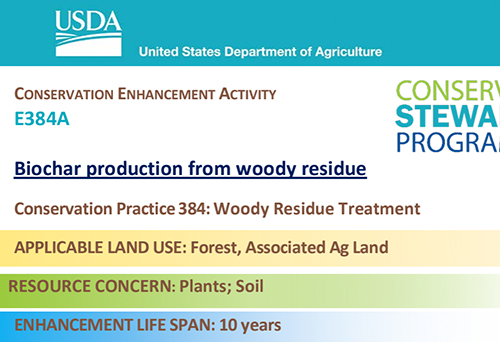
North Valley Food Hub Supported Conservation Practices (Page 3)

How to access funding for Climate Smart Agriculture:
North Valley Food Hub Team Builder Form(opens in new window)
Learn about the USDA NRCS conservation practices that the North Valley Food Hub provides support to implement with useful information about each one.
- Alley Cropping (NRCS #311)
- Conservation Cover (NRCS #327)
- Conservation Crop Rotation (NRCS #328)
- Cover Crop (NRCS #340)
- Critical Area Planting (NRCS #342)
- Field Border (NRCS #386)
- Filter Strip (NRCS #393)
- Hedgerow Planting (NRCS #422)
- Mulching (NRCS #484)
- Nutrient Management (NRCS #590)
- Pasture and Hay Planting (NRCS #512)
- Pest Management Conservation System (NRCS #595)
- Prescribed Grazing (NRCS #528)
- Range Planting (NRCS #550)
- Residue and Tillage Management, No Till (NRCS #329)
- Residue and Tillage Management, Reduced Till (NRCS #345)
- Riparian Herbaceous Cover (NRCS #390)
- Riparian Forest Buffer (NRCS #391)
- Silvopasture (NRCS #381)
- Soil Carbon Amendment (NRCS #336)
- Soil Health Testing (NRCS #216)
- Stripcropping (NRCS #585)
- Tree/Shrub Establishment (NRCS #612)
- Tree/Shrub Site Preparation (NRCS #490)
- Windbreak/Shelterbelt Establishment and Renovation (NRCS #380)
- Woody Residue Treatment (NRCS #384)
Silvopasture (NRCS #381)
Soil Carbon Amendment (NRCS #336)
Soil Carbon Amendments are materials derived from plant materials or treated animal byproducts that are applied to the soil to improve or maintain soil organic matter, sequester carbon, improve soil aggregate stability, and/or improve habitat for soil organisms.
Soil Health Testing (NRCS #216)
Quantitative testing for physical, biological, or chemical characteristics of soil and constraints of soil using approved laboratory methods.
Stripcropping (NRCS #585)
Stripcropping is growing crops in a systematic arrangement of strips in a field to reduce soil erosion, reduce particulate emissions into the air, and improve water quality. In particular, this practice is helpful when crops more resistant to soil erosion are alternated with those more susceptible.
Tree/Shrub Establishment (NRCS #612)
Establishing woody plants can be used to improve habitat for pollinators, beneficial organisms, or target wildlife species, or to restore native plant communities. It can also be used to reduce soil erosion, sequester and store carbon, or to provide shelter for livestock.
Tree/Shrub Site Preparation (NRCS #490)
This practice refers to the treatment of sites to enhance the success of natural or artificial regeneration of desired trees and/or shrubs. It can be used to manage soil conditions, naturally available water, and other factors to improve tree and shrub establishment and growth.
Windbreak/Shelterbelt Establishment and Renovation (NRCS #380)
Windbreaks or shelterbelts are single to multiple rows of trees and possibly shrubs planted in a linear fashion upwind of the areas to be protected.
Woody Residue Treatment (NRCS #384)
Woody residue treatment addresses the management of woody plant residues created during agroforestry activities or resulting from natural disasters. It can reduce wildfire hazards, reduce risk of harmful insects and disease, improve access to grazing forage, improve soil organic matter retention or improve site conditions for natural or artificial regeneration.





